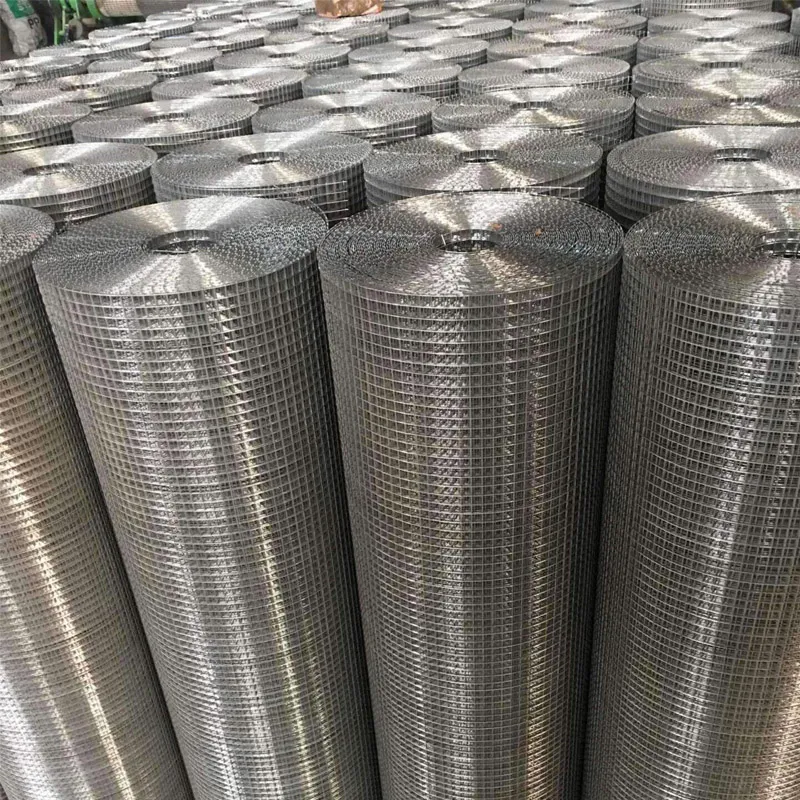Oct . 16, 2024 14:10 Back to list
Understanding the Expenses Related to Barbed Wire Construction and Installation
The Cost of Barbed Wire Factors, Uses, and Considerations
Barbed wire, a simple yet ingenious invention, has played a pivotal role in land management, security, and agricultural practices since its creation in the late 19th century. However, the cost of barbed wire can vary widely, depending on numerous factors such as material, type, quality, and local market conditions. Understanding these aspects is essential for anyone looking to purchase barbed wire, whether for fencing livestock, securing property, or various other applications.
Understanding Barbed Wire
Barbed wire consists of a twisted wire strand with sharp edges or points at regular intervals. It is designed to deter animals and intruders, making it an effective fencing option for farms, ranches, and private properties. The primary materials used to manufacture barbed wire are steel and sometimes aluminum; the choice of material significantly impacts the cost, durability, and overall effectiveness of the wire.
Factors Affecting the Cost
1. Material Quality The quality of the steel used in barbed wire production is a significant determinant of cost. High-galvanized steel wire, which is treated to resist rust and corrosion, generally costs more but lasts longer. In contrast, lower-quality wire that lacks such treatment may be cheaper but prone to deterioration, leading to higher long-term expenses due to frequent replacements.
2. Barb Design and Spacing The design and spacing of the barbs also influence price. Barbed wire can come with various barb shapes and distances, tailored for specific security levels or animal types. Enhanced security designs, which may feature closer barb spacing or sharper points, tend to be more expensive.
3. Thickness of Wire The gauge (thickness) of the wire is another critical factor influencing price. Thicker wire offers increased durability, making it suitable for high-stress applications, while thinner wire is cheaper but less resilient. For instance, agricultural use may require thicker wire to withstand the pressure from livestock.
barbed wire cost

4. Length and Roll Size Barbed wire is sold in rolls of varying lengths, generally ranging from 500 to 1,500 feet. The size of the roll can considerably affect the cost, with larger rolls providing a lower cost per foot. Buying in bulk often results in savings, which can be advantageous for large fencing projects.
5. Local Market Conditions The cost of barbed wire is also subject to fluctuations in local market conditions, which include demand, shipping costs, and availability. In rural areas where agricultural use is high, prices may differ from urban areas where demand is lower. Furthermore, economic factors such as steel market prices can lead to increases in barbed wire costs over time.
Applications of Barbed Wire
Barbed wire is widely used across various sectors. In agriculture, it serves as a critical tool in livestock management, preventing animals from straying while keeping predators at bay. Additionally, barbed wire is used in the construction of security fences for properties requiring enhanced protection. Moreover, it finds applications in military and disaster relief contexts, establishing secure perimeters in unstable environments.
Cost-Benefit Analysis
When considering the cost of barbed wire, it is essential to evaluate the long-term benefits versus the initial expenditure. While cheaper options may be appealing, they often require more frequent replacements and maintenance. Investing in high-quality, galvanized barbed wire may result in higher upfront costs but can significantly reduce future expenses and labor associated with repairs and replacements.
Conclusion
In summary, the cost of barbed wire is influenced by various factors, including material quality, design, thickness, length, and local market conditions. Understanding these elements can aid in making informed purchasing decisions, ensuring that individuals and businesses alike choose the best option for their specific needs. In the long run, investing in quality barbed wire not only enhances security and efficiency but also contributes to significant cost savings over time. As such, assessing both the current market price and the anticipated long-term benefits is crucial for anyone considering a barbed wire purchase.
-
The Role of Field Wire Fence in Grassland Conservation
NewsJul.15,2025
-
Stainless Steel Razor Wire Durability in Coastal Environments
NewsJul.15,2025
-
Enhancing Home Security with Mesh Fences
NewsJul.15,2025
-
Diamond Mesh Wire for Small Animal Enclosures
NewsJul.15,2025
-
Common Wire Nail Tensile Strength Testing for Woodworking
NewsJul.15,2025
-
Barbed Wire Corrosion Resistance Galvanization Techniques
NewsJul.15,2025









